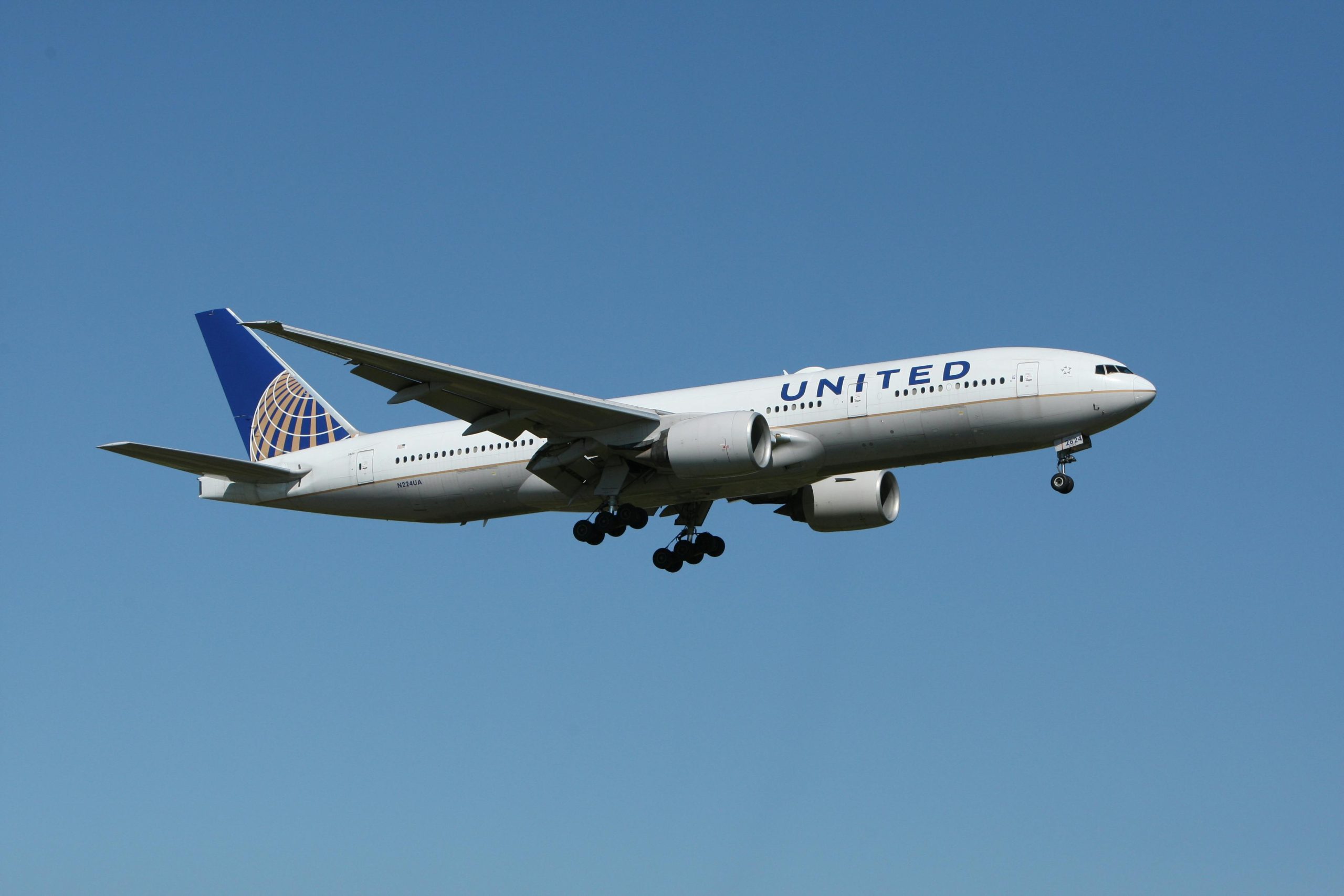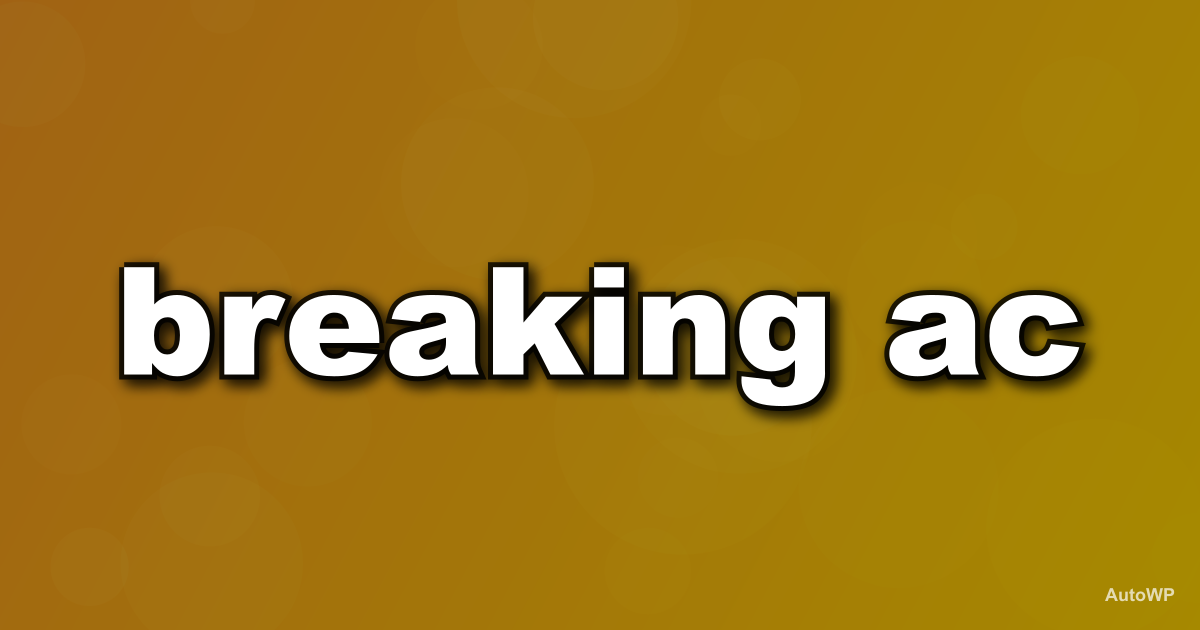When it comes to commercial aviation, even the most planned flights can experience sudden deviations. In such cases United Airlines Flight UA770 Emergency Diversion was globally attentive. The incident turned a routine long-distance trip into a major security operation. This was directed to the effectiveness of flight protocols and crew training.
We care about this expanded, detailed overview of what happened in this emergency tab, why it’s important to passengers and the airline industry, and the steps being taken to ensure security is always a top priority.
Flight Path and Unexpected Turn
May 27, 2025 ,United Airlines flight UA770-A Boeing 787-9 Dreamliner-VOM Barcelona El-Prat Airport (BCN) tied to Chicago O’Hare International Airport (ORD). Along the way the aircraft developed problems with the cabin negative pressure system, with emergency descent and a Scoke 7700 declaration.
The aircraft landed without injuries, and this situation was treated as a textbook example of aviation safety.
What causes emergency distractions?
Preliminary findings indicate a failure of the pressure system involving a pressure relief valve or associated sensor. Even if there was no immediate danger, the onboard warning system allowed the cockpit crew to act quickly. According to security guidelines, the pilot decided to descend to a lower, safer height and redirect to the nearest suitable airport.
Key Safety Factors:
- Real-time anomaly detection
- Redundant environmental control systems
- Adherence to emergency checklists
Timeline of Events
| Time (Local) | Event |
| 2:30 PM CEST | Flight UA770 departs Barcelona |
| ~4:00 PM CEST | Pressurization issue detected |
| 4:05 PM CEST | Squawk 7700 declared |
| 4:30 PM BST | Permission granted to land at Heathrow |
| 4:55 PM BST | Aircraft lands safely at LHR |
The Role of Squawk 7700
In the aviation field, Squawk 7700 is a universal transponder code for communicating common emergencies. When air traffic control is activated, it immediately pays attention to flights, prioritizes aircraft routes, and clears nearby airspace.
The emergency diversion of united airlines flight ua770 perfectly illustrates how the Squawk 7700 is used to protect passengers, crew, and surrounding aircraft.
Crew and System Response
The United flight crew followed all procedures, the pilot conducted a controlled descent, and the flight attendant maintained order on board.
Training Focus Areas:
- Emergency communication
- Safety equipment operation
- Emergency descent preparation
Aircraft safety systems like the ACARS (Aircraft Communications Addressing and Reporting System) and onboard sensors ensured timely alerts, enabling rapid action.
Passenger Experience
Passengers reported that the atmosphere on board remained calm due to the calm presence and clear communication of the flight attendants. There was no supply of oxygen masks, indicating that the situation was eased before the crisis began.
Upon landing, passengers were greeted by emergency response personnel and United Airlines agents, and arranged for overnight accommodation and repeat flights.
Behind the Technology
Boeing 787 Dreamliner comes with a wide range of in-flight diagnostics that constantly monitor in-flight pressure, engine condition and environmental conditions. In this case, rapid discovery prevented further escalation.
Technology in Play:
- Environmental Control System (ECS)
- Predictive analytics software
- Centralized maintenance reporting via AMOS (Aircraft Maintenance and Operations System)
Post-Diversion Investigation
After landing, the aircraft was taken out of service for a full inspection. Engineers examined:
- Pressure valves and air data sensors
- Flight data recorder logs
- Cabin pressure fluctuation patterns
Results were forwarded to Boeing, FAA, and EASA as part of standard reporting practices.
Airline Response & Support Services
United Airlines’ swift action helped restore passenger confidence:
- Press statements were released within hours
- Compensation included hotel stays, vouchers, and rebooking
- Customer service teams facilitated onward journeys
The united airlines flight ua770 emergency diversion was publicly recognized as a well-managed response to an unexpected issue.
Broader Industry Implications
This incident reinforces the importance of:
- Predictive maintenance: AI-driven diagnostics can identify parts at risk of failure.
- Cross-functional communication: Cockpit, ATC, and ground operations collaborated seamlessly.
- International safety alignment: U.S. and European regulators worked in tandem.
Educating the Traveling Public
In emergency scenarios like the united airlines flight ua770 emergency diversion, passengers can stay safe by following key guidelines:
- Remain seated with seatbelts fastened
- Listen to crew instructions
- Don’t retrieve overhead baggage during emergencies
- Use oxygen masks properly when deployed
Statistical Context
Emergency diversions, while headline-grabbing, are relatively rare. According to IATA:
- Only 0.04% of global flights are diverted for emergency reasons
- Pressurization issues account for fewer than 5% of these cases
- Most diversions are resolved without injury
What Happens After a Diversion?
Standard airline procedures after a diversion include:
- Aircraft inspection and recertification
- Passenger rebooking and welfare handling
- Filing of detailed incident reports
- Follow-up with aircraft manufacturers
Lessons Learned and Future Readiness
For the aviation sector, Flight UA770’s diversion is a case study in preparedness:
- Proactive tech caught the issue early
- Crew preparedness ensured calm and orderly conduct
- Passenger care maintained United’s brand image
Such incidents feed into industry-wide improvements, from design tweaks to updated training protocols.
Conclusions
United Airlines UA770’s emergency destination change was not merely a precaution, but rather acknowledged how safety culture, advanced aircraft systems and well-trained crews work together to save lives. It showed the moment when training fulfilled reality and all systems worked as intended.
Air traffic remains the safest means of transportation thanks to strict safety precautions used in this incident. For airlines and passengers, the history of the Flight UA770 is a history of preparation, professionalism and conservation.
Frequently Asked Questions
Q: What triggered the emergency redirection for United Airlines UA770 Fluge UA770?
A: Anomaly in the cabin printing system led to emergency descent and detours.
Q: Did the crew train for this?
A: Yes. Pilots and flight attendants regularly undergo emergency training, including pressure injury scenarios.
Q: Have passengers been compensated?
A: United Airlines provided hotel stays, re-flights and vouchers to affected passengers.
Q: How dangerous was the incident?
A: The situation was treated prior to achieving a critical level of effectiveness of the system.
Q: Is the Squawk 7700 common?
A: Rare and used only in real emergency situations. Use in this case ensured priority processing.
Q: What role does predictive maintenance play?
A: Prediction tools identify mechanical risks in advance and improve the overall fleet’s safety margin.
For more info, must visit techwicz.org



